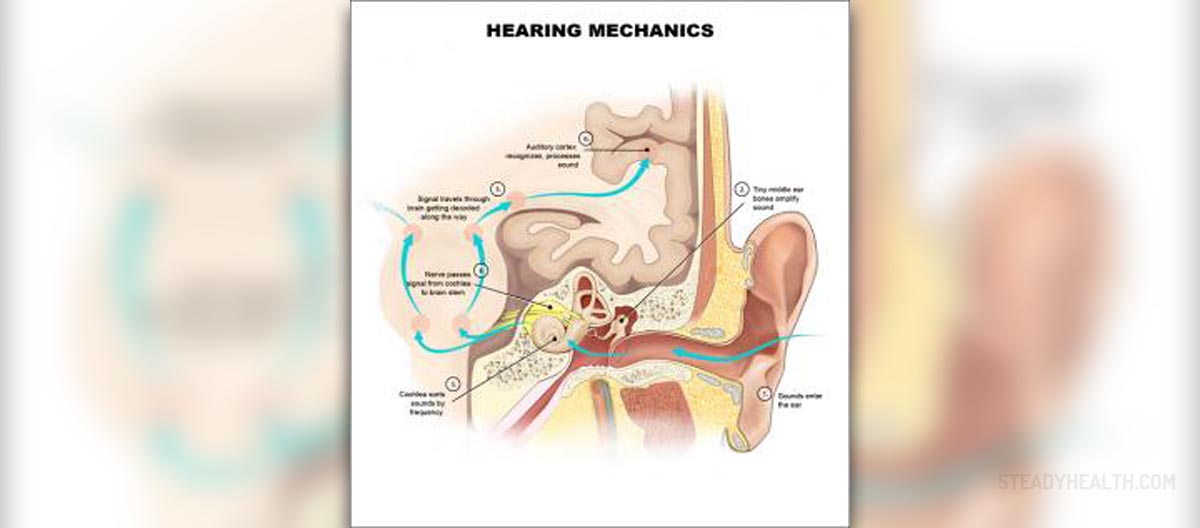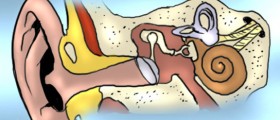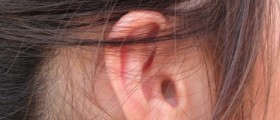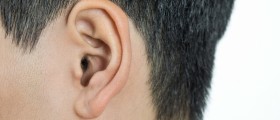
Introduction to Hearing Impairment
Hearing impairment or deafness is a condition in which one either partially or completely loses ability to detect certain frequencies of sound. Maintaining our balance and detection of sound are two primary functions of our auditory system.
It is normal for people to experience some extent of hearing loss as they age. The condition generally affects people who are chronically exposed to loud noise or it may develop congenitally. No matter what the cause is it is essential to determine the type of hearing loss and treat it accordingly.
The person to whom sounds are muffled, those who think that words they have heard make no sense, those who despite paying attention to a speaker constantly ask a speaker to repeat what he/ she has said as well as people who constantly feel need to turn up the volume on TV or radio are most definitely suffering from hearing impairment.
In many cases damage to the cochlea is responsible for hearing impairment. This is the coiled structure located in the inner ear and it contains specific receptors for receiving sound. If one is exposed to loud sounds (noise that exceeds 85 decibels) for a certain period of time the cochlea gets seriously damaged. Apart from damage to the cochlea there are several more causes of hearing impairment and they include infections of the ear, abnormal bone growths, tumors of the outer or middle ear, ear drum damage, auditory neuropathy, Meniere's disease, noise osteosclerosis, Usher's syndrome etc.
Types of Hearing Impairment
There are three basic types of hearing impairment, conductive hearing loss, sensorineural hearing loss and a combination of the previous ones.
Conductive hearing loss develops as a consequence of disorders in either the outer or the middle ear. In such disorder the sound simply cannot reach the inner ear. Voices and sounds faint, become distorted or one may even experience both. This type of hearing loss typically occurs due to infections of the ear canal or middle ear, presence of fluid in the middle ear, perforation or scarring of the eardrum, wax build-up, dislocation of the bones in the middle ear, foreign objects in the ear canal, otosclerosis etc.
Sensorineural hearing loss develops as a consequence of damage to the nerves located in the inner ear. The nerves send the signals to the brain after they receive sounds. This type of hearing impairment leads to a feeling that people around the patient are mumbling and they do not understand what others are saying. Sensorineural hearing loss is generally associated with injury, excessive noise exposure, viral infections, ototoxic drugs, meningitis, diabetes, stroke, high fever etc. The condition also affects people suffering from Meniere's disease, acoustic tumors and it may also be hereditary.
And finally, in case of mixed hearing impairment there are characteristics of both, conductive and sensorineural hearing loss.

















Your thoughts on this
Loading...